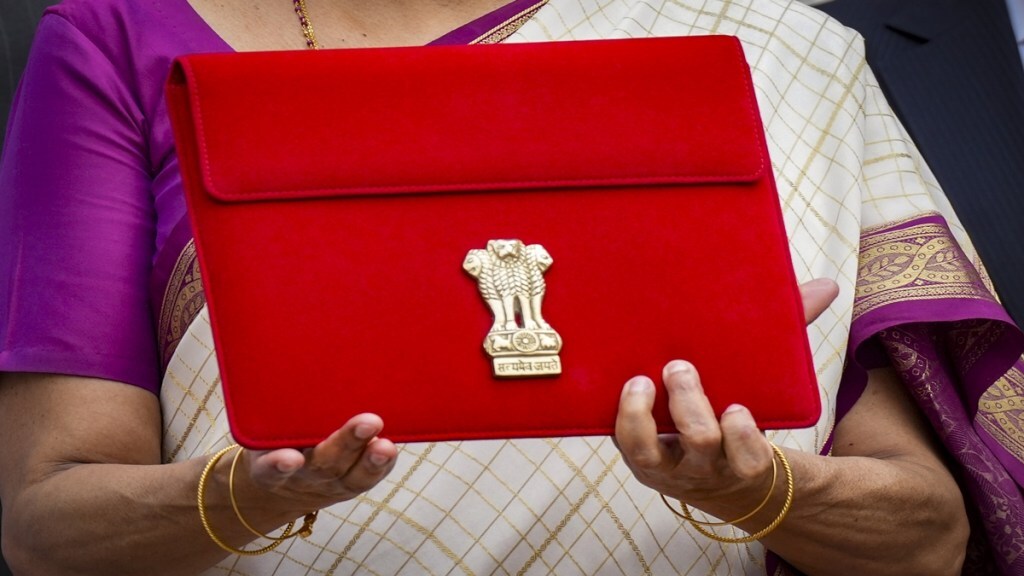By Dinesh Khara
The Union Budget 2024-25 maintains a continuity, a hallmark of all the previous Budgets. Taking from the theme of ‘garib’ (poor), ‘mahilayen’ (women), ‘yuva’ (youth) and ‘annadata’ (farmer), the Budget has emphasised these four themes. The Budget has targeted agricultural productivity, thrust to MSME and startups and skilling, infrastructure, R&D and next generational reforms mostly centered on pensions, labour and ease of doing business.
Before coming to the specifics, the Budget math and commitment to fiscal consolidation were on expected lines. The fiscal deficit is estimated at 4.9% of the GDP and the nominal GDP is estimated at 10%. The market borrowings as a result through dated securities during 2024-25 are estimated at `14.01 trillion and `11.63 trillion, respectively. The fiscal consolidation serves well as economy sheds the public expansion during Covid-19 making way for private activity to thrive.
Coming to the specific, the Budget is mostly focused on middle class and employment generation aiming a reversal in tapering in private consumption. The income tax structures under the new regime have been accordingly made more attractive with higher standard deduction and deduction of expenditure by employers towards NPS has been increased from 10 to 14%. The thrust to skilling is noticeable with Prime Minister’s package of 3 schemes for ‘Employment Linked Incentive’ to be implemented over the next 5 years.
Since the objective to revive labour-intensive activity is understandable, the Budget has proposed a credit guarantee scheme without collateral or third-party guarantee in term loans to MSMEs for purchase of machinery and equipment. The limit of Mudra loans under ‘Tarun’ category will be enhanced to `20 lakh from `10 lakh for those who have successfully repaid previous loans. E-commerce export hubs will be set up under public-private-partnership (PPP) mode for MSMEs.
At the policy level, the Budget proposes a policy document on ‘Energy Transition Pathways’ to balance the imperatives of employment, growth and environmental sustainability and promoting pumped storage projects for electricity storage to be brought out. Appropriate regulations for transition of ‘hard to abate’ industries from the current ‘Perform, Achieve and Trade’ mode to ‘Indian Carbon Market’ mode will be put in place.
The Budget also proposes that ten million farmers across the country to be initiated into natural farming, with certification and branding in the next two years. To secure the green future, a Critical Mineral Mission will be set up for domestic production, recycling of critical minerals and overseas acquisition of critical mineral assets.
On the taxation side, the Budget has targeted capital gain altering the tax rate and definition of holding period and removal of indexation on sale of property and gold. The concerns on growing retail participation in derivatives has prompted the Security Transactions Tax on futures and options of securities increased to 0.02% and 0.1% respectively. The short-term gains will attract a tax rate of 20%. Long-term gains on all financial and non-financial assets will attract a tax rate of 12.5%. Exemption limit of capital gains on certain financial assets increased to Rs 1.25 lakh per year.
On the corporate income side, the tax rate on foreign companies is reduced from 40% to 35% to encourage further onshoring to India and capitalise on the reordering of global supply chains.
The thrust to consumption revival, PM Surya Ghar Muft Bijli Yojana, PMAY-Urban, MSME and startup, agriculture and boost to infrastructure throws considerable opportunity for banks. The guidance on climate transition in the form of policy document is a plus as greening the balance sheet is imperative going forward.
Column by Dinesh Khara, chairman, State Bank of India

